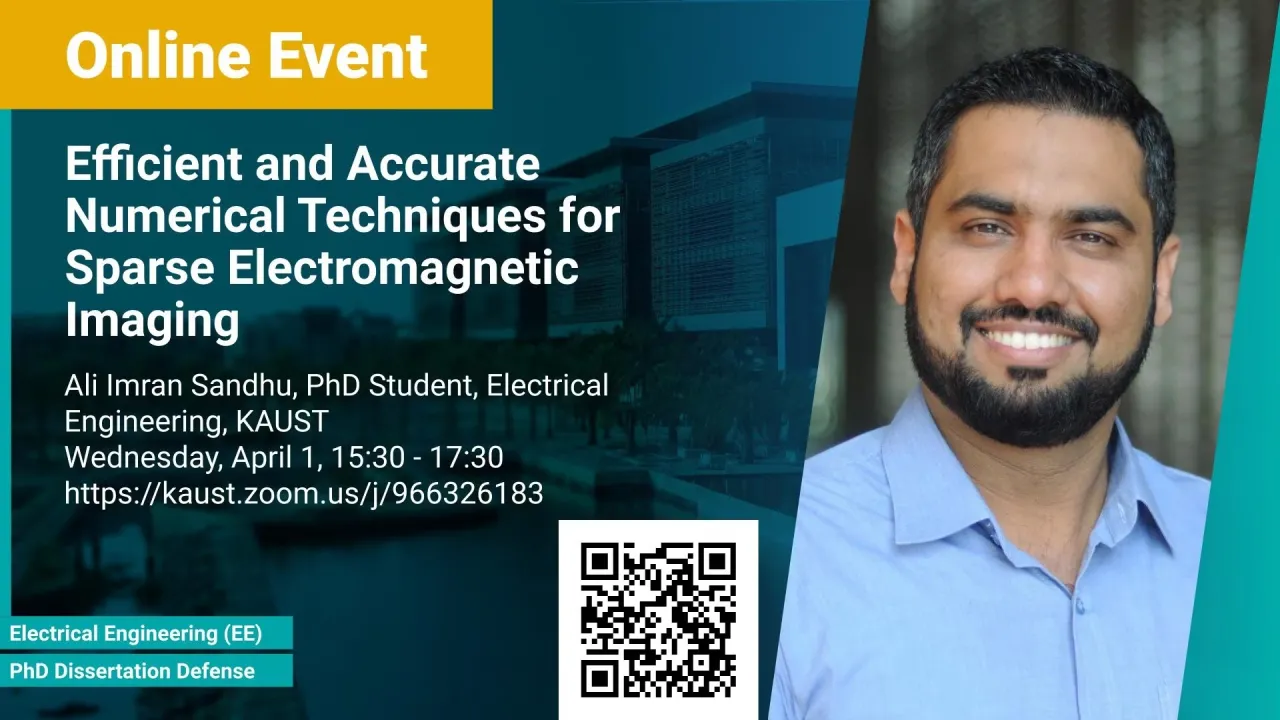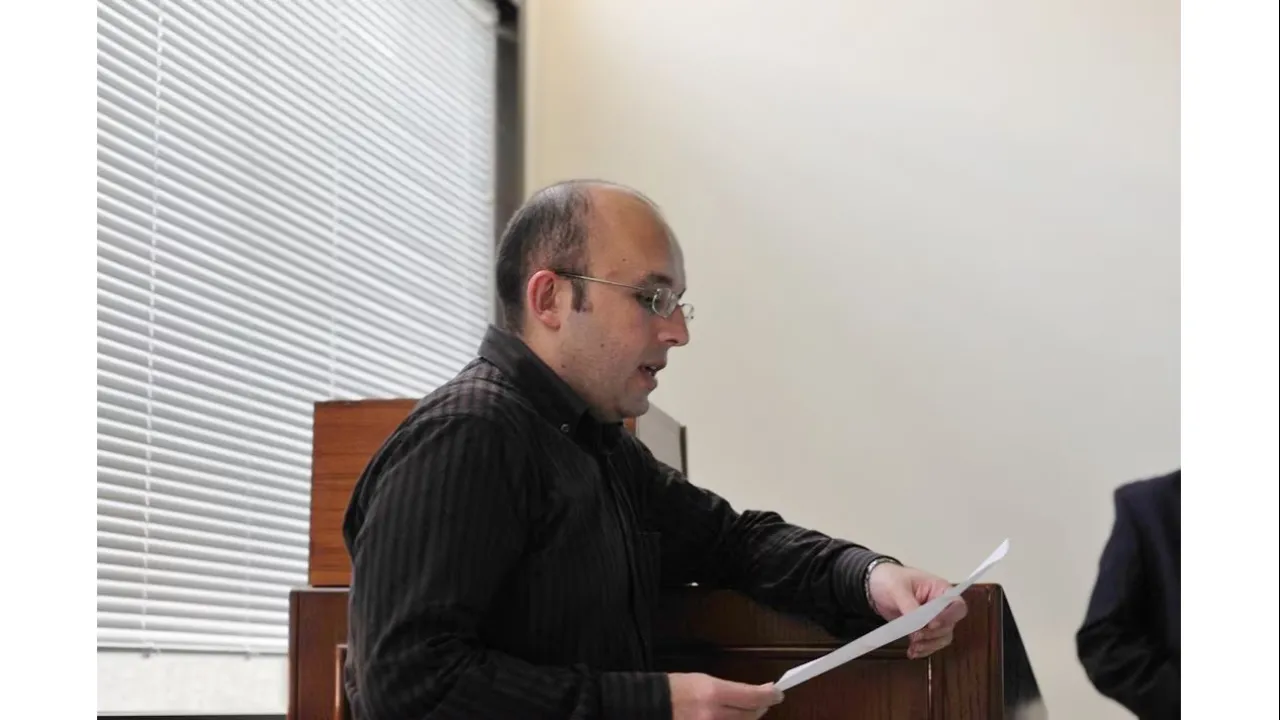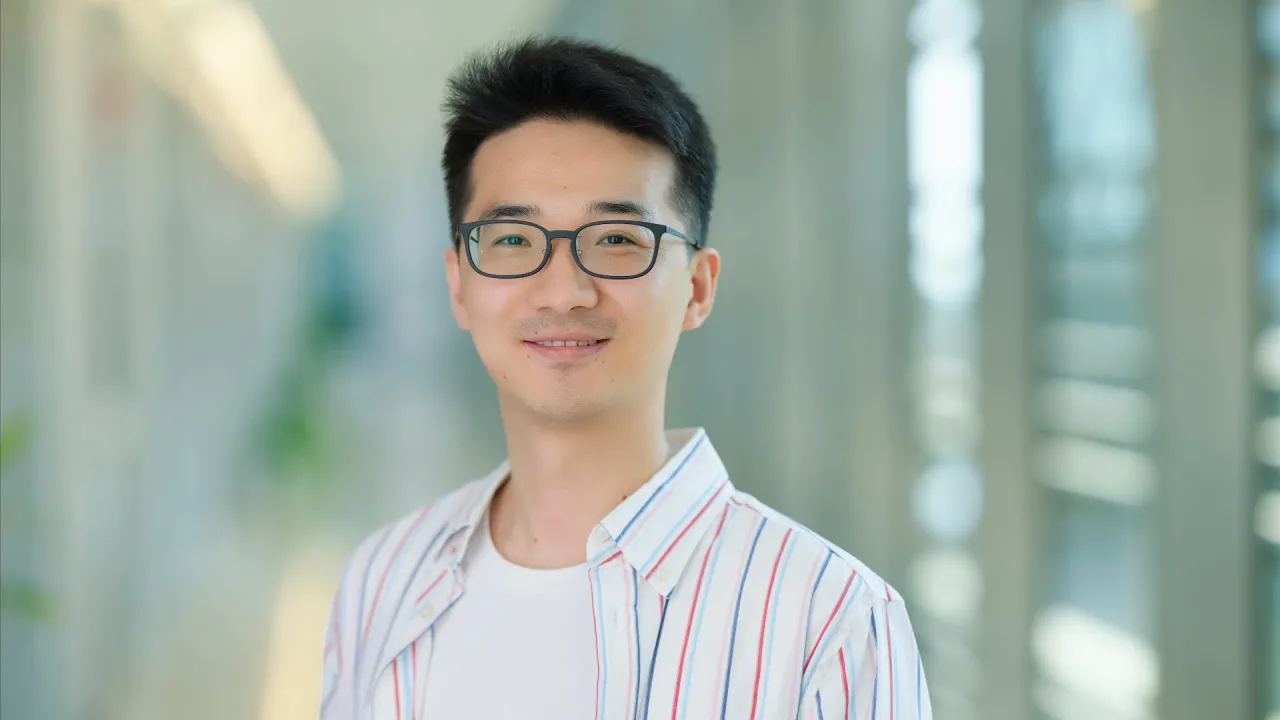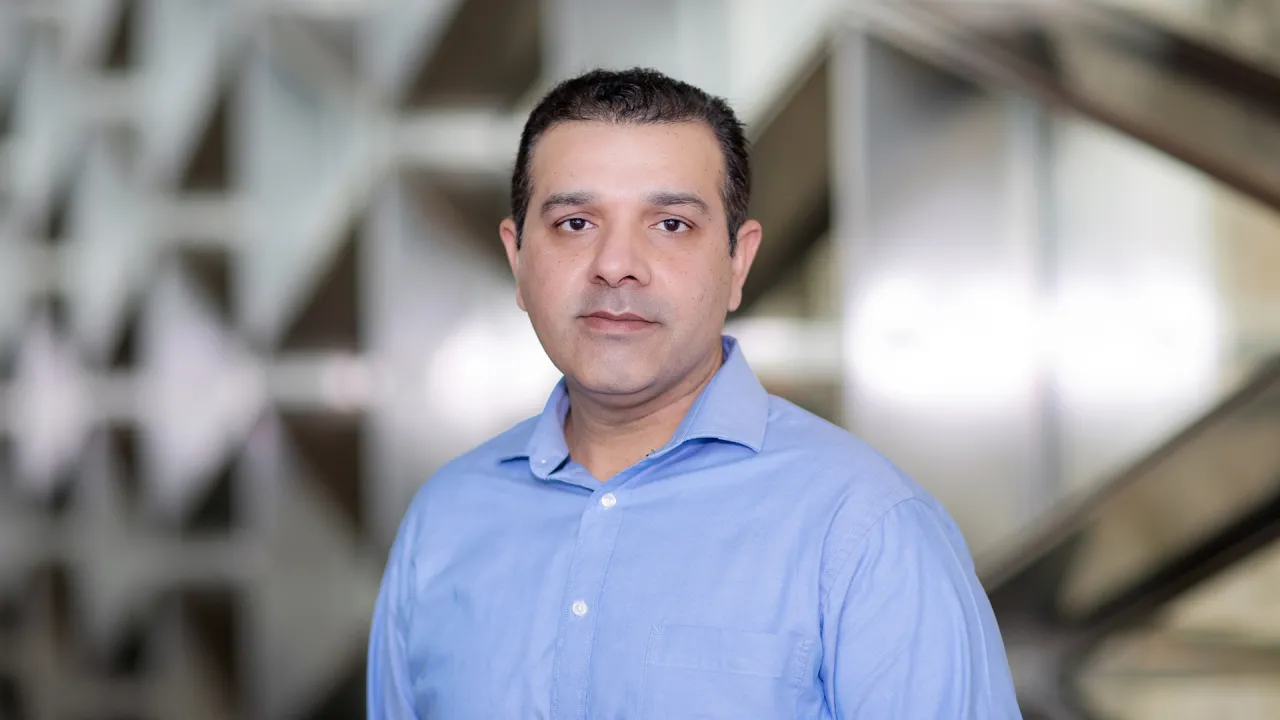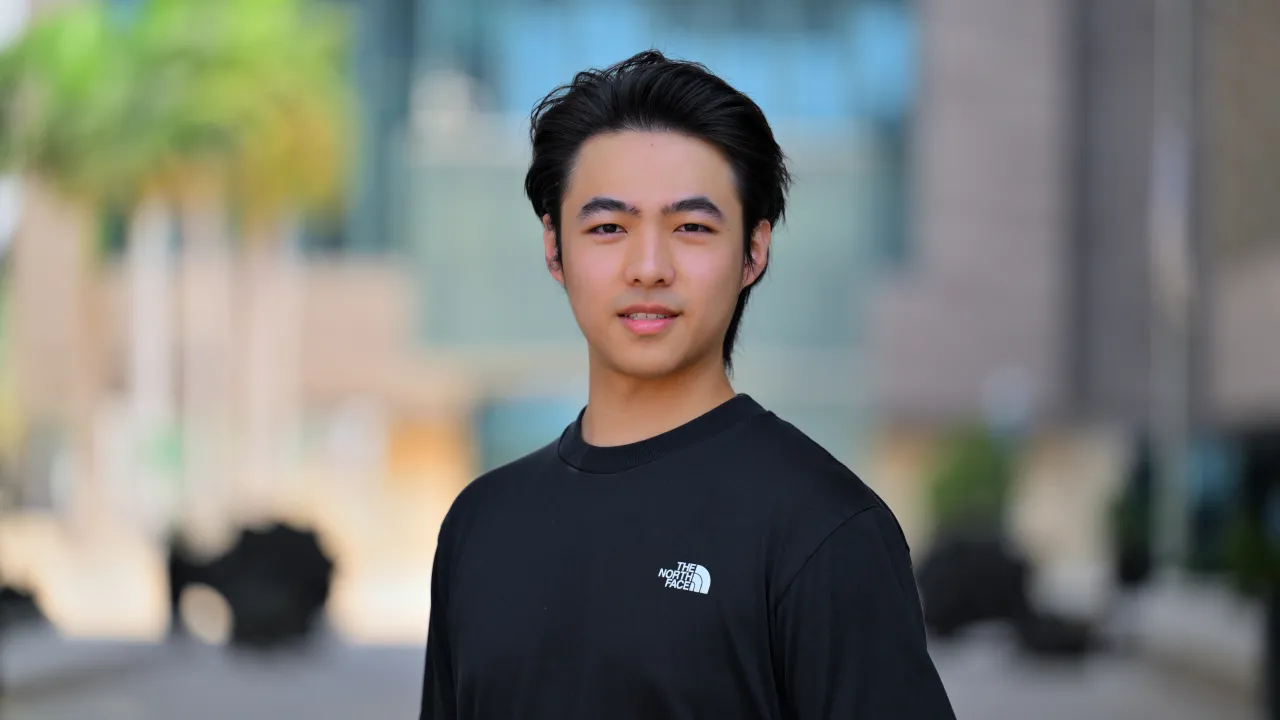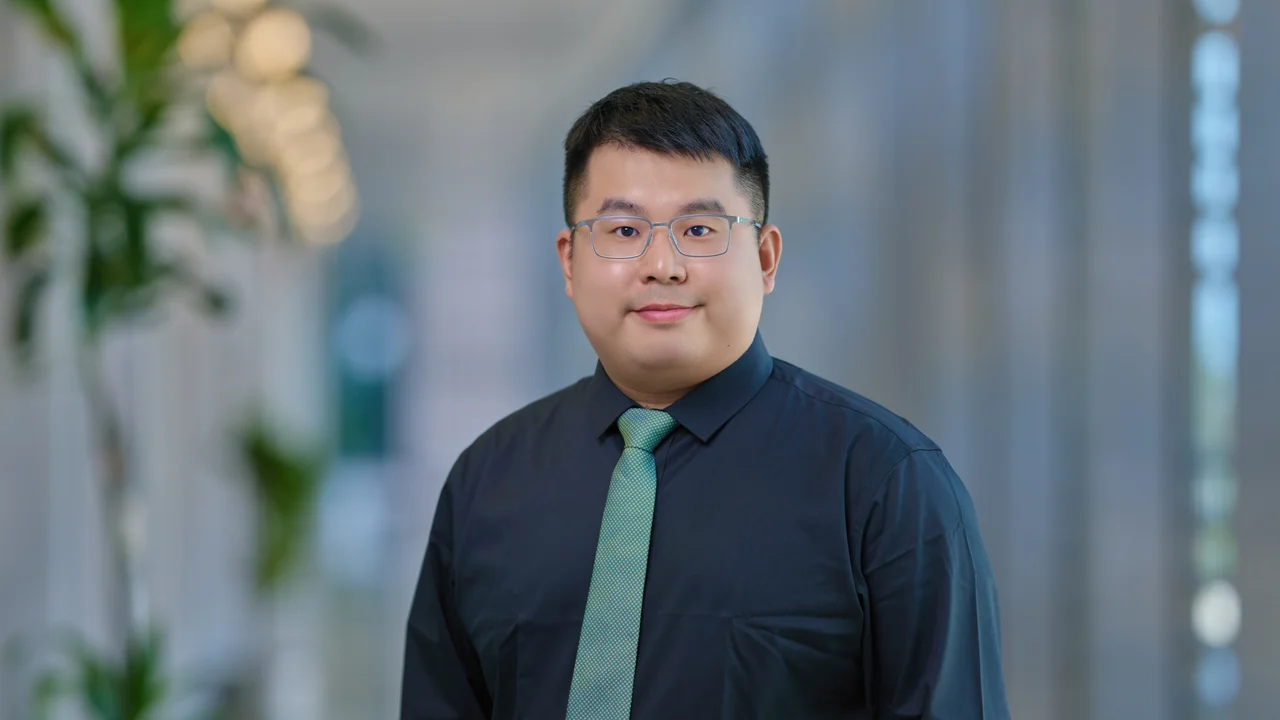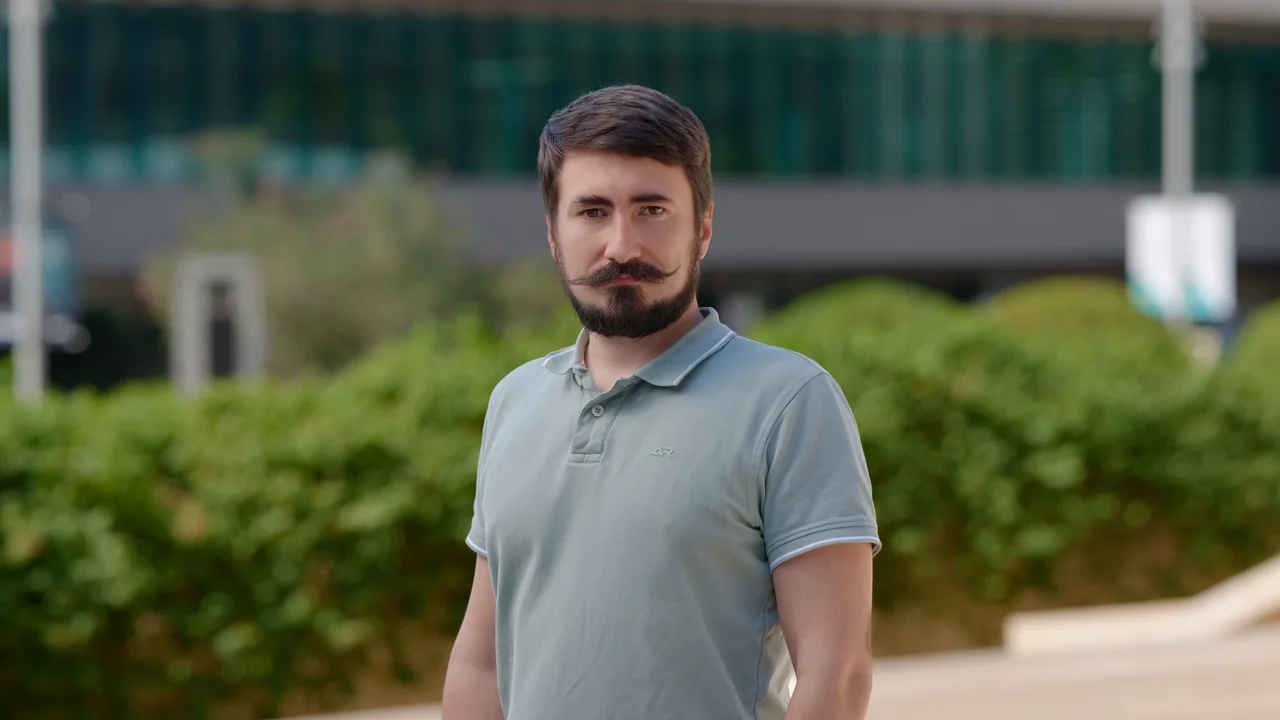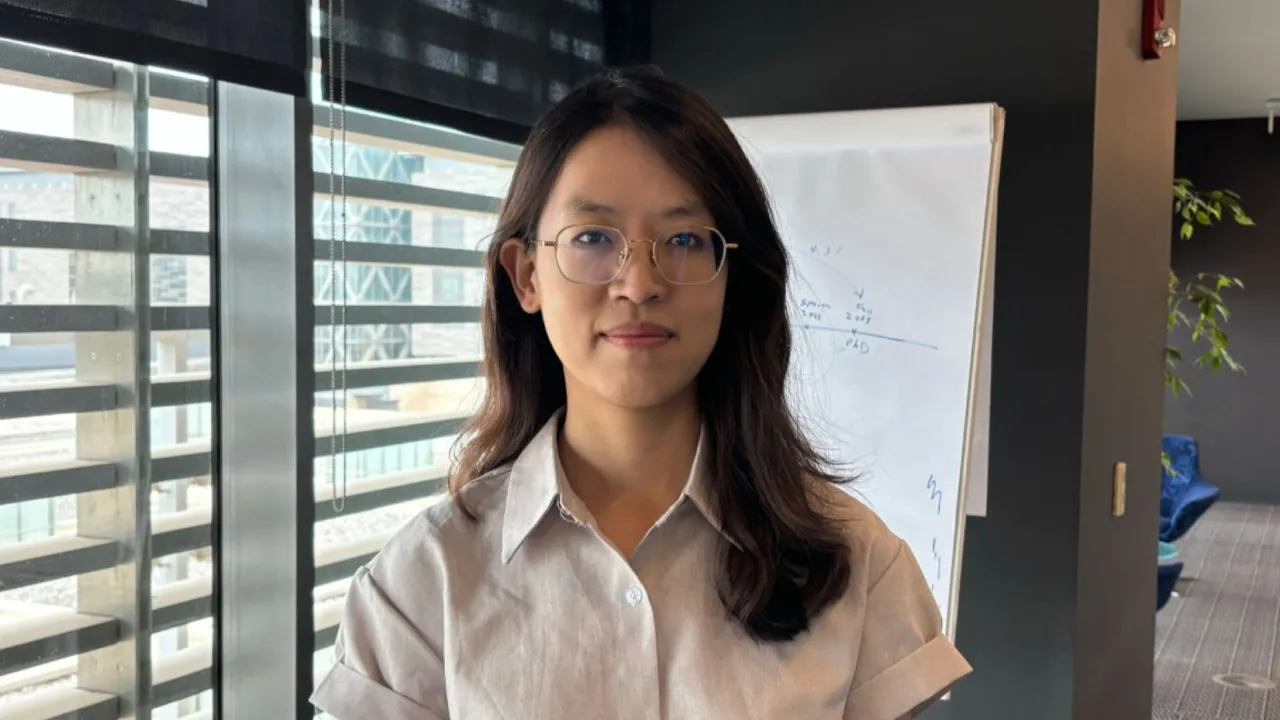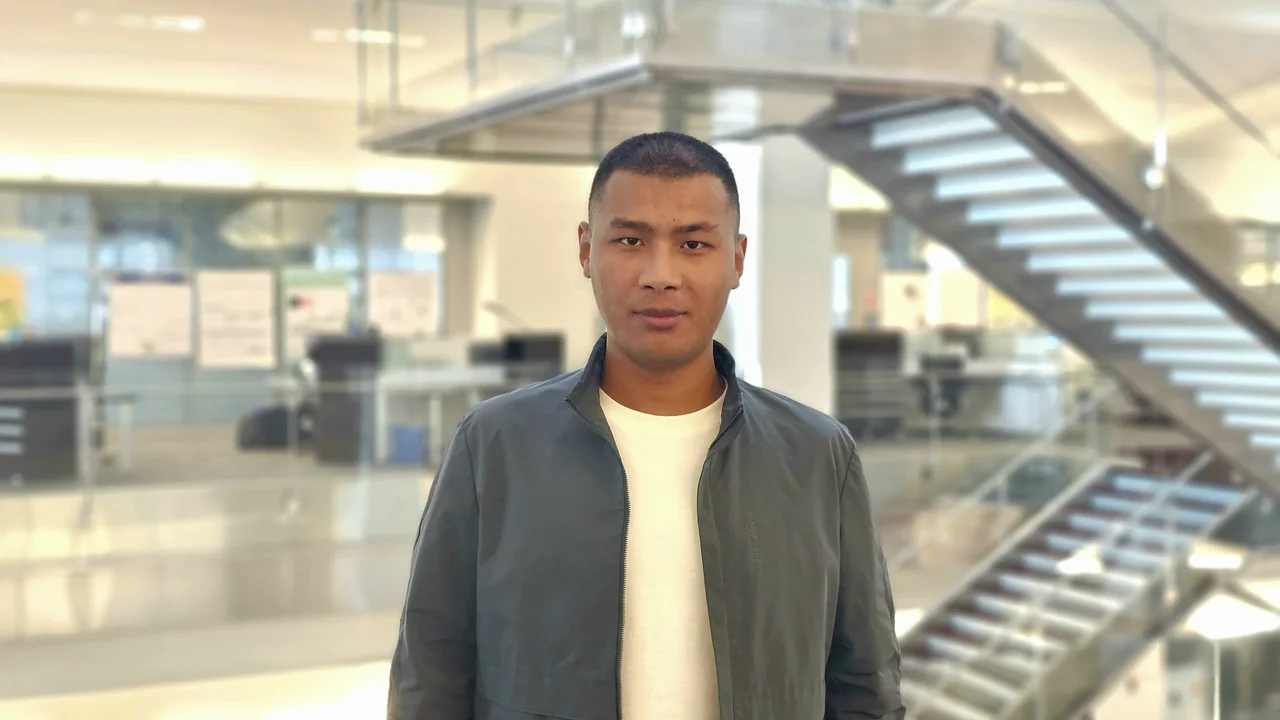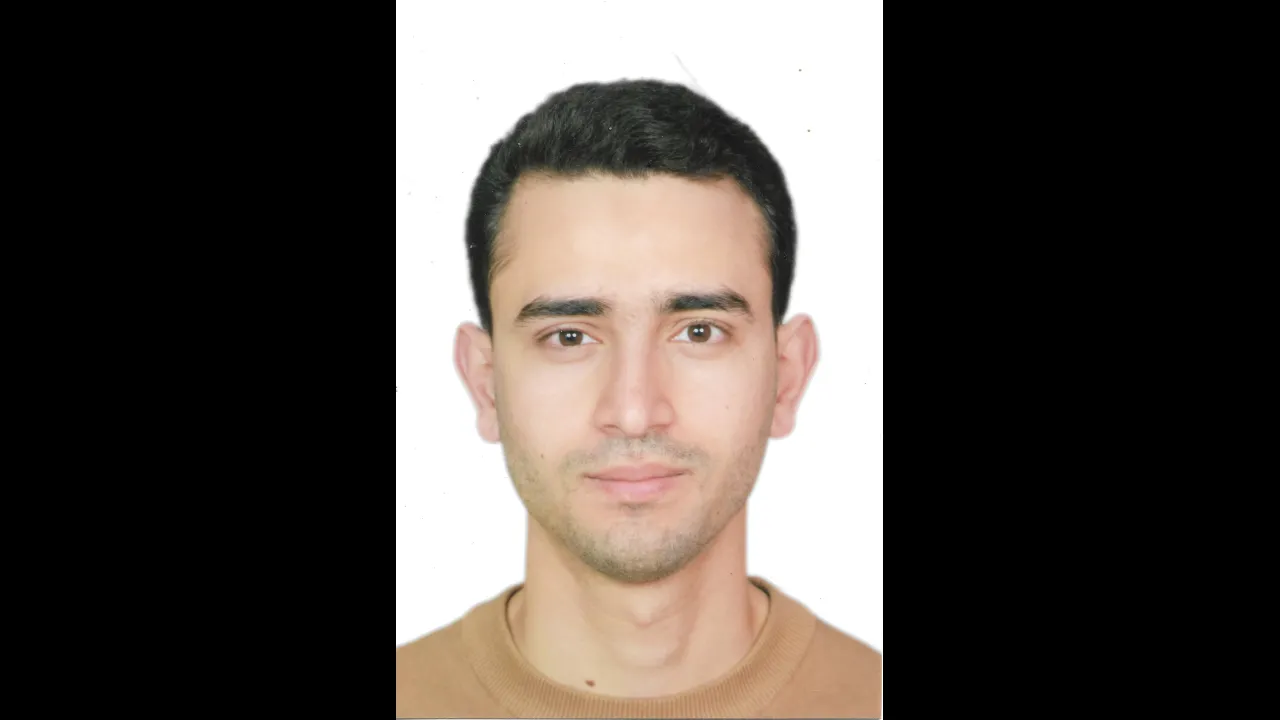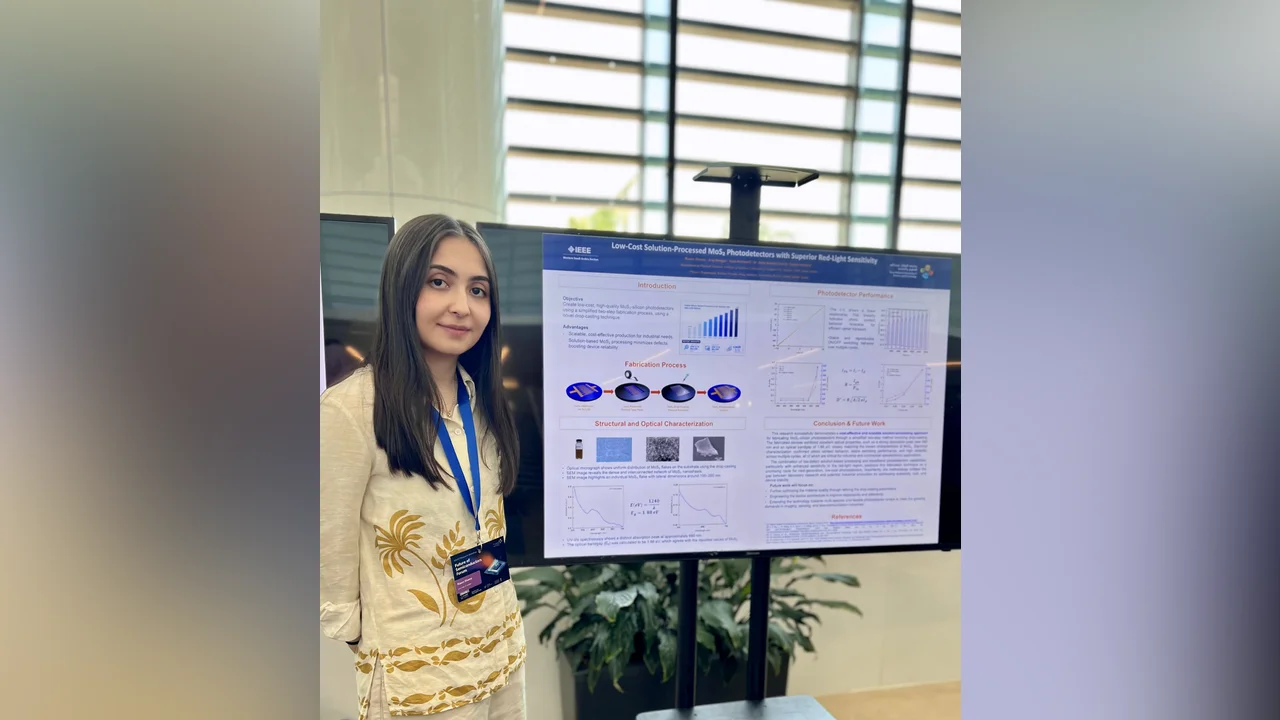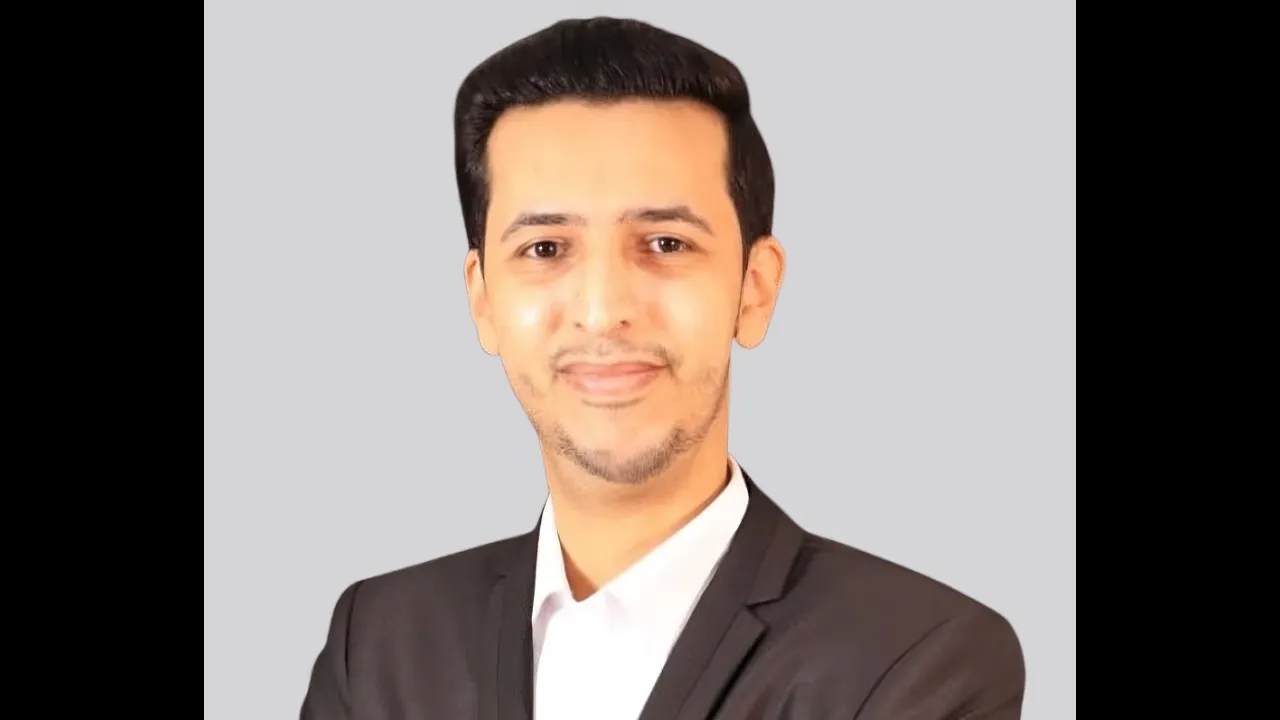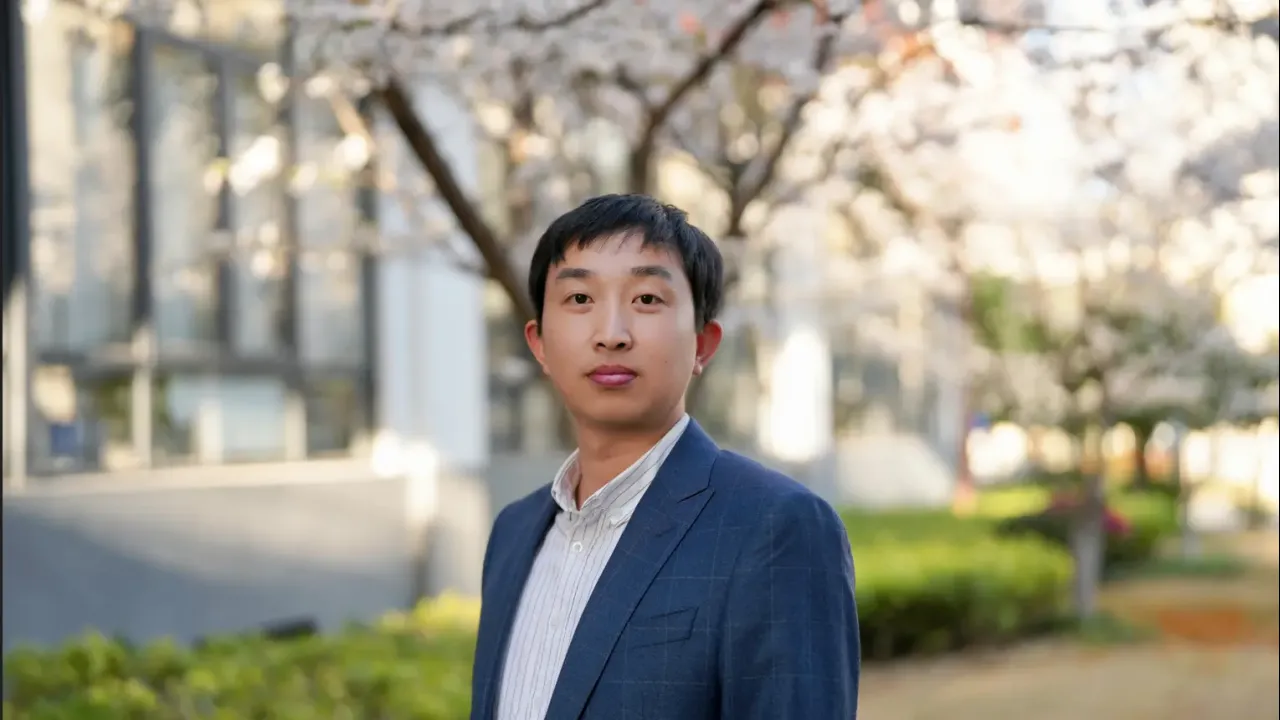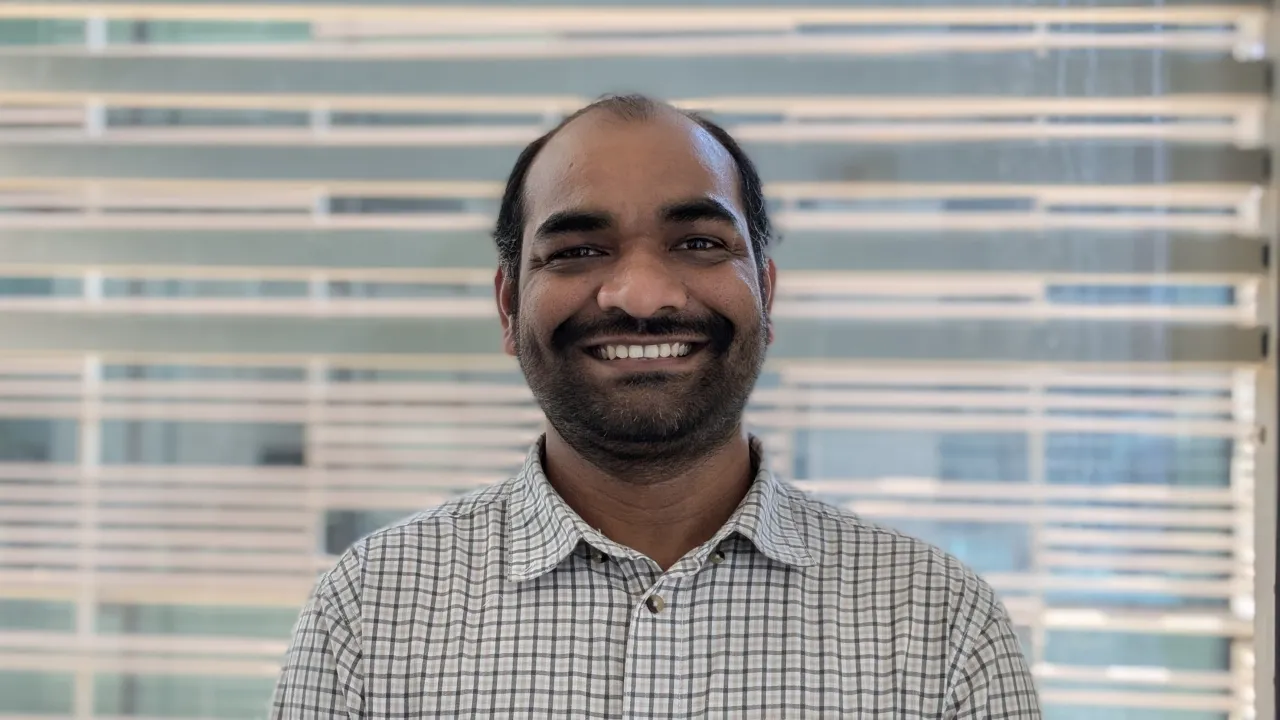Breadcrumb
- Home
- Topics
Topics
<>
machine learning (20)
<>
computational electromagnetics (16)
<>
Computer Vision (10)
<>
deep learning (10)
<>
artificial intelligence (8)
<>
cybersecurity (8)
<>
Signal processing (8)
<>
IoT (7)
<>
Cyber Security (5)
<>
electromagnetics (5)
<>
integrated photonics (5)
<>
ISAC (5)
<>
Nonlinear Optics (5)
<>
AI (4)
<>
inverse scattering (4)
<>
Photonics and optoelectronics (4)
<>
Python (4)
<>
computational physics (3)
<>
embedded systems (3)
<>
haps (3)
<>
integral equations (3)
<>
LiDAR (3)
<>
MATLAB (3)
<>
numerical analysis (3)
<>
optics (3)
<>
optimization (3)
<>
Reinforcement Learning (3)
<>
Advanced Perception (2)
<>
AI4Science (2)
<>
applied mathematics (2)
<>
Automous Vehicles (2)
<>
biomedical devices (2)
<>
bioscience (2)
<>
communication (2)
<>
Computational Neuroscience (2)
<>
data analysis (2)
<>
Deep generative models (2)
<>
Digital signal processing (2)
<>
Dynamical Systems (2)
<>
electrical engineering (2)
<>
Electroencephalograms (2)
<>
electronic transport (2)
<>
FPGA (2)
<>
Generative AI and LLMs (2)
<>
healthcare (2)
<>
High Performance Computing (2)
<>
HPC (2)
<>
Large Language Models (2)
<>
LLM (2)
<>
Localization (2)
<>
machine learning for wireless communication (2)
<>
multimodal sensing (2)
<>
nanomaterials (2)
<>
nanostructures (2)
<>
Network Design (2)
<>
Non-Terrestrial Networks (2)
<>
optical computing (2)
<>
photoconductive antennas (2)
<>
photonic integrated circuits (2)
<>
Programming language (2)
<>
quantum communication (2)
<>
remote sensing (2)
<>
statistics (2)
<>
ultrafast fiber lasers (2)
<>
wave propagation (2)
<>
wireless communication (2)
<>
Wireless Communications (2)
<>
2D materials (1)
<>
5G and beyond (1)
<>
5G networks (1)
<>
6G (1)
<>
6G On-chip reconfigurable intelligent surface (1)
<>
6G On-chip reconfigurable transmitarray and phased array (1)
<>
6g wireless systems (1)
<>
Action Recognition (1)
<>
Action understanding (1)
<>
adaptive control (1)
<>
Adaptive Optics (1)
<>
Aerial Robotics (1)
<>
aerospace design (1)
<>
Affective AI (1)
<>
AI for healthcare (1)
<>
ambit fields (1)
<>
Applied AI (1)
<>
Arabic NLP (1)
<>
artificial intelligence for wireless communication (1)
<>
automotive security (1)
<>
Bayesian computational statistics (1)
<>
beamforming (1)
<>
bifurcation theory (1)
<>
biomechanics (1)
<>
biomedical sensing (1)
<>
Biomedical Signal Processing (1)
<>
biosensing (1)
<>
biotechnology (1)
<>
BLE communication (1)
<>
blockchain (1)
<>
broadband photonics-aided terahertz communication and sensing (1)
<>
calculus of variations (1)
<>
Cellular Networks (1)
Postdoctoral Research Fellow, Computer Science
Research Scientist, Computer Science
Postdoctoral Research Fellow
M.S. Student
Rui Chen
Postdoctoral Research Fellow, Computational Electromagnetics
Ran Zhao
Postdoctoral Research Fellow, Electrical and Computer Engineering
Mehmet Burak Ozakin
Postdoctoral Research Fellow, Electrical and Computer Engineering
Kaikun Niu
Postdoctoral Research Fellow, Electrical and Computer Engineering
Nanbo Li
Postdoctoral Research Fellow, Computer Science
Abdelrahman Eldesokey
Postdoctoral Research Fellow
Karen Sanchez
Postdoctoral Research Fellow
Aznaur Aliev
M.S. Student
Hani A. Al Majed
M.S. Student
Omar Rushdi
Visiting Student
Ahmar Husain
Visiting Student
Abidalrahman Obaidi
Visiting Student
Abdullah Alobaidi
Visiting Student
Ahmad Didouh
Postdoctoral Research Fellow
Alaa Alameer Ahmad
Visiting Researcher (former), King Abdullah University of Science and Technology
Tao Ni
Assistant Professor, Computer Science
Mehdi Zakroum
Postdoctoral Research Fellow, Computer, Electrical and Mathematical Sciences and Engineering
Naiqin Bu
Visiting Student, Electrical and Computer Engineering
Aram Mkrtchyan
Postdoctoral Research Fellow, Electrical and Computer Engineering
Bang Huang
Postdoctoral Research Fellow, Electrical and Computer Engineering
Xiaowei Pang
Postdoctoral Research Fellow, Electrical and Computer Engineering
Aram Mkrtchyan
Postdoctoral Research Fellow, Electrical and Computer Engineering
Partha Mondal
Postdoctoral Research Fellow, Electrical and Computer Engineering
Kaikun Niu
Postdoctoral Research Fellow, Electrical and Computer Engineering
Jiahao Wei
M.S. Student, Photonics Laboratory
Zinan Xiao
Ph.D. Student, Photonics Laboratory
Bang Huang
Postdoctoral Research Fellow, Electrical and Computer Engineering
Xiaowei Pang
Postdoctoral Research Fellow, Electrical and Computer Engineering
Weiping Li
Postdoctoral Research Fellow, Electrical and Computer Engineering
Saud Alabdulal
M.S. Student, Applied Physics
Hani A. Al Majed
M.S. Student
Andres Villa
Postdoctoral Research Fellow
Tudor Ionescu
Visiting Student, Cyber Security and Resilience Technology
Nanbo Li
Postdoctoral Research Fellow, Computer Science
Zaid Alyafeai
Postdoctoral Research Fellow
Muhanned Alsaif
M.S. Student (former), Electrical and Computer Engineering
Xiaowei Pang
Postdoctoral Research Fellow, Electrical and Computer Engineering
Houcine Chougrani
Research Scientist, Electrical and Computer Engineering
Hongyan Yu
Postdoctoral Research Fellow, Electrical and Computer Engineering
Saud Alabdulal
M.S. Student, Applied Physics
Mutibah Alanazi
Visiting Researcher, Electrical and Computer Engineering
Bang Huang
Postdoctoral Research Fellow, Electrical and Computer Engineering
Aram Mkrtchyan
Postdoctoral Research Fellow, Electrical and Computer Engineering
Fida Mohammad Thoker
Postdoctoral Research Fellow
Andres Villa
Postdoctoral Research Fellow
Gyan Deep Verma
Postdoctoral Research Fellow, Electrical and Computer Engineering
Karen Sanchez
Postdoctoral Research Fellow
Dan Leonte
Postdoctoral Research Fellow, Statistics
Zaid Alyafeai
Postdoctoral Research Fellow
Ahmad Didouh
Postdoctoral Research Fellow
Georgios Grekas
Postdoctoral Research Fellow, Applied Mathematics and Computational Science
Apala Banerjee
Postdoctoral Research Fellow, Electrical and Computer Engineering
Ahmad Didouh
Postdoctoral Research Fellow
Weiping Li
Postdoctoral Research Fellow, Electrical and Computer Engineering















